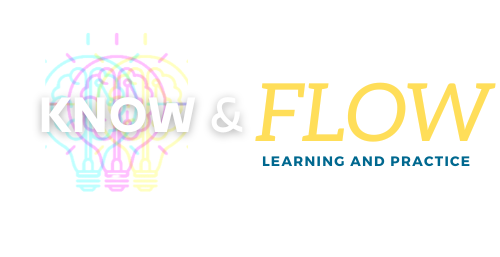High stage of change…that what I keep hearing and experiencing without any respite in sight. I was drawn back to an article “Are You and Dynamic Change Leader” my colleague Kristin Cattafesta wrote for Know & Flow back in 2021. What really got my attention was the second paragraph in her article:
I say we shift the change paradigm and stop making “change plans.” The reality is, when companies point to something that didn’t go well at the end of a project or a shift, the #1 thing they point to is often not having the right change plans in place. You need more than a plan these days to be effective.
Stop making “change plans”. At first, I thought, gosh is that what she is really suggesting? Knowing Kristin as I do I thought no. As I read further my takeaway was that change plans alone will not get us where we want to be. Yes, of course we need strong, measurable change plans, implemented while maintaining a change mindset. In her article she provided strategies for four different change mindsets of how to overcome and maximize your ability to be a change leader.
CHANGE PLAN + CHANGE MINDSET = effectively moving through the change curve(s)
You did the work, created a great product or resource, you let everyone know, and why aren’t people doing what we asked? You can have all the plans in theo world, but without the mindset it will be nearly impossible to achieve the result. So, how do you get people excited about more change???
To that end, I would like to offer my own four strategies on the Change Mindset side that can support those mindset shifts:

1. “Begin with the end in mind”. Start getting people interested and vested in the change from the very beginning. All too often projects get started in some small team somewhere, not that many people know about it and then when the team receives feedback, they are surprised or even worse, annoyed. Unless something is really “top secret”, this is not something that can be tagged on at the end.
a) Think through and action on what do leaders and others need to know and when.
b) Who else needs to know and what is our ask of them?
c) How will this be communicated
d) When and how will the learning or tool be launched
e) How will success be measured
f) What are the reinforcement mechanisms?
Start early and “rinse and repeat” often. All things that need to be included at the start and fine tuned over the life of the effort.

2. “Why are we doing this or using this”. Your ability to clearly articulate the “why” in language the end user will understand is critical. Given our action-oriented culture we often do a far better job speaking about the “how” we are approaching the change, compared to the “why” we are approaching the change. One tool that I often leverage is the “How/Why Network”, first introduced to me during a course called Team Work Skills created by Coverdale Corporation. I have attached a sample here.
3. “Implementation is not the end”. Implementation is perhaps 50% of the way to the finish line. There is so much work to do to communicate, speak to the why, check the motivation levels, understand what is getting in the way that you didn’t think of, do you have real time data – watching someone use the product or resource during the “flow of work”, looking for small shifts that may be true now that we not true then, etc.
As Kristin pointed out, “If you’re not changing, you’re choosing.” Well get ready, it’s time to change some things (no pun intended). You’re going to want to be out in front of the future of how change happens, or the changes will pass you right by.
Potential example of Why How Network












